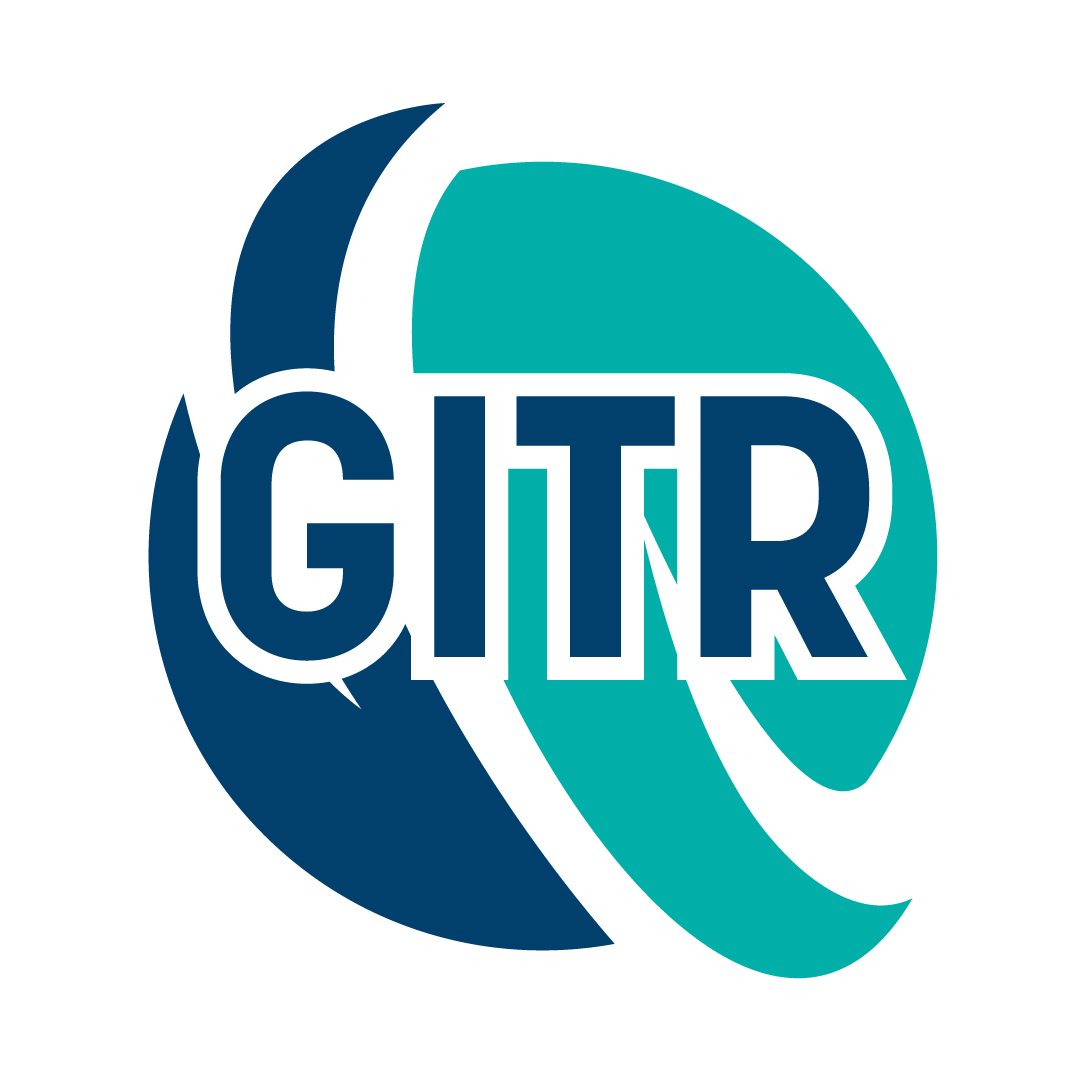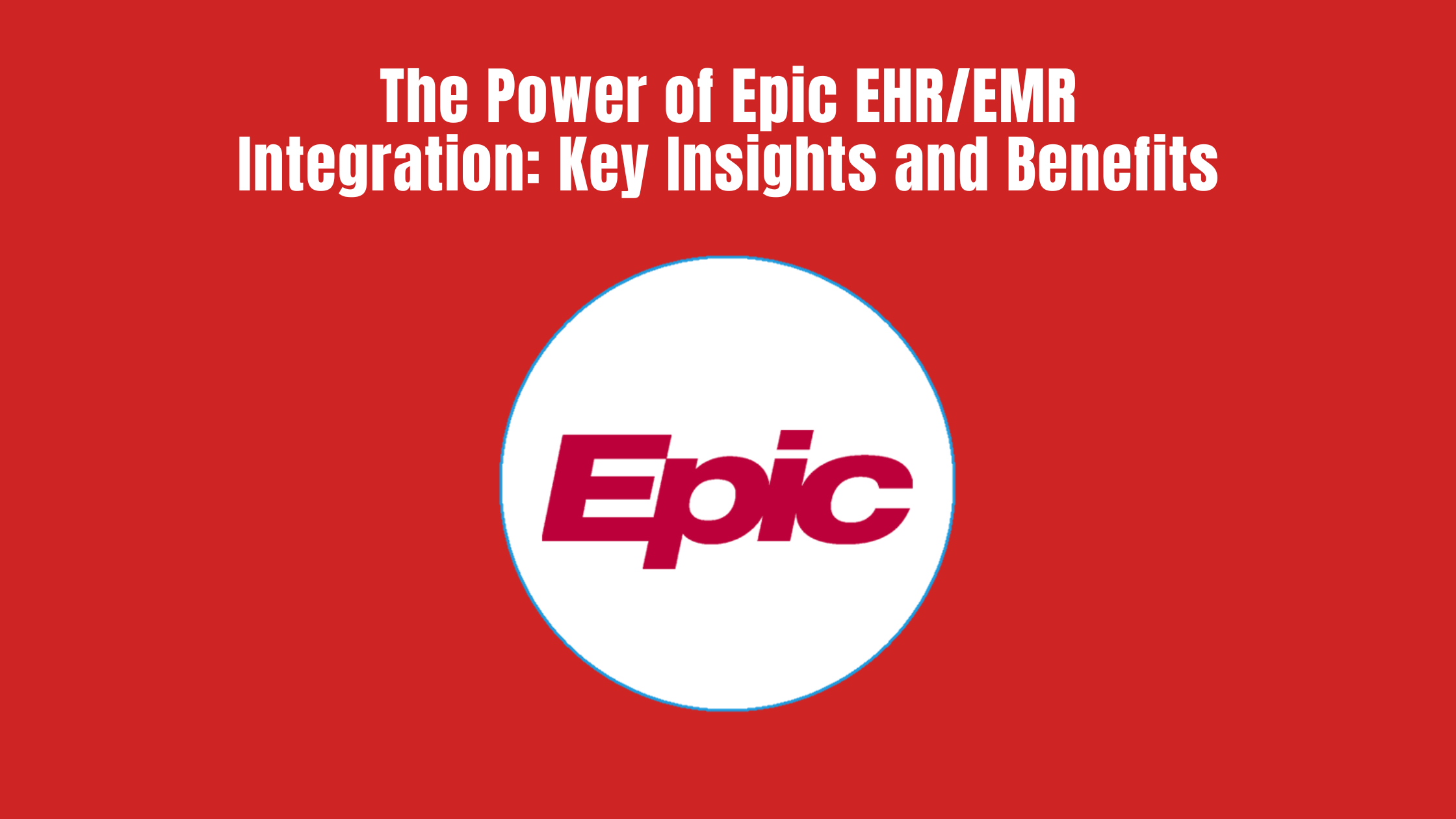Big Data Population Health Projects Proving Successful

One of the greater goals of big healthcare data is to provide a forecast for trends that affect the population. Whether the data is shared via cloud or through specialized software, interoperability of the data has proven time and time again to be crucial to the advancement of healthcare information technology.
Just recently, Boston Children’s Hospital announced that their efforts to provide real-time influenza tracking has gotten as close to “real-time” as it can get with a lag of just 1-2 weeks. However, their biggest set-back at the moment is that their data for the time being is more accurate of identifying national peak weeks rather than regional peak weeks. Athena Health manages the EHR data that comes from Boston Children’s and is currently sharing their EHR data with additional influenza research groups around the country.
In Memphis, Tennessee, the St. Jude Children’s Research Hospital developed a web application called ProteinPaint which derives information on mutations. Data from over 1,000 patients was taken to develop ProteinPaint. The data, specific to genomics has been able to identify about 27,500 mutations and is available for free to cancer research scientists around the globe to study. Ideally, the study of the genomic data will determine the beginning, progression, and relapse of cancer in children. Cancer mutations can now be studied by interested academics, researchers, and scientists in different locations as opposed to studying individual patients on a case-by-case basis.
Lastly, researchers at Kaiser developed an algorithm to identify members with a history of cancer. The data was collected from tumor registries and although internal, it is suggested that the algorithm will be used in organizations without a tumor registry. Aside from the aforementioned, the algorithm derived from this data study can be customized to identify additional conditions in patients such as heart disease in patients or patients with cancer over time.
According to Global Healthcare IT’s CEO, Mike Williams “The use of big data in the healthcare IT sector is in its infancy. Now that a large proportion of the nation’s hospitals have implemented one form of EMR / EHR or another, the ability to generate, collate, and analyze data has never been better. All this new data will lead to some huge advances in healthcare operations; identification of hospital best practices; leading to improvements the general population’s health; and potentially deliver significant reductions in the overall cost of care. However, this is still at an early stage, and many more hospitals and healthcare systems need to either create ACO’s sufficiently large enough to manage PHM, or start meaningful data sharing programs that allow them to reap the benefits of improvements made through big data and healthcare analytics.
Sources
http://www.fierceemr.com/story/ehrs-can-help-detect-patients-history-cancer/2016-04-25


